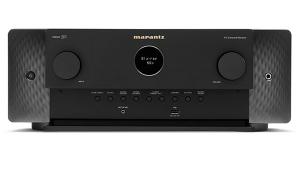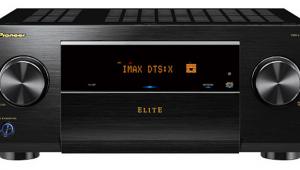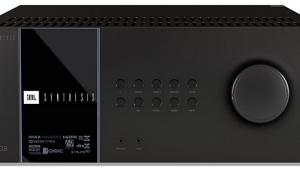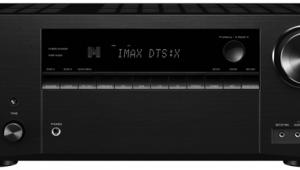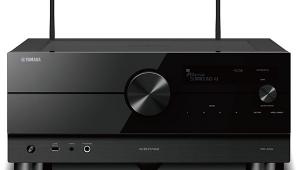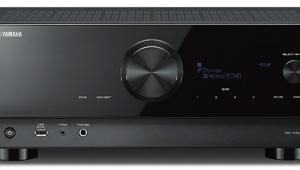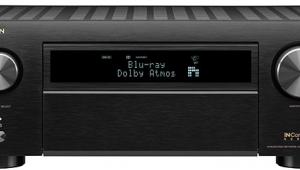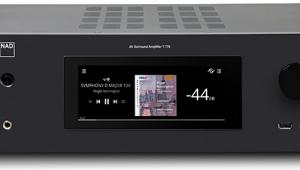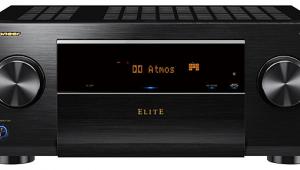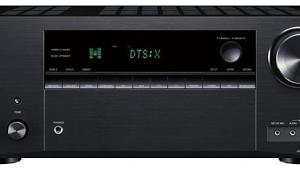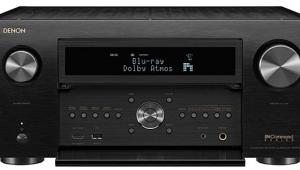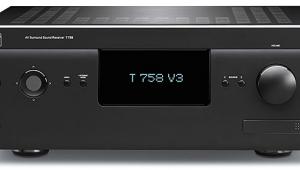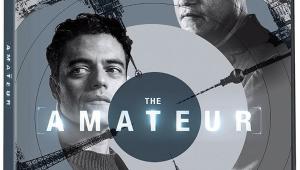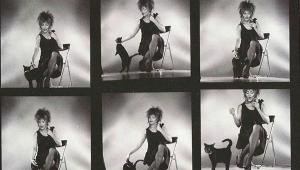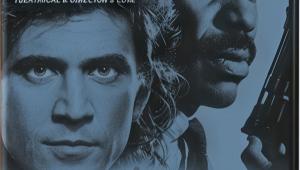Marantz SR7005 A/V Receiver Page 2
 Surround historians may wish to note that SRS Circle Surround, which was present in the SR6004 I reviewed a year ago and many models in previous years, isn’t present on the SR7005.
Surround historians may wish to note that SRS Circle Surround, which was present in the SR6004 I reviewed a year ago and many models in previous years, isn’t present on the SR7005.
Any A/V receiver that sells for more than $1,000 should have network audio features in one form or another. Marantz has wisely licensed DLNA 1.5 to pull media off your home network-connected PC. Supported subscription music services are Rhapsody, Napster, and Pandora, with the latter available in paid or free-with-ads versions. Radio options include Internet radio organized by vTuner, Sirius satellite radio, terrestrial digital HD Radio, regular FM, and AM. Portable devices, as already mentioned, include dock-free iPod/iPhone USB and the Bluetooth adapter. Marantz seems to have covered all the bases, and one expects no less at this price.
Apple AirPlay compatibility is a notable feature for the SR7005 as well as Marantz’s AV7005 surround processor, NA7004 network audio player, and M-CR603 stereo CD receiver. A firmware update will activate it, allowing the SR7005 to commune wirelessly with Apple devices such as the various iThings, Apple TV, or a computer running iTunes. To complement it, Marantz offers a free Wizz App (I don’t name ’em, I just type the names), which allows the iPhone and iPod touch to control the AVR, even extending to its second zone.
Associated equipment included five Paradigm Reference Studio 20 v.4 speakers, Paradigm Seismic 110 sub (using the Marantz’s EQ, not the sub’s), OPPO BDP-83SE universal disc player, Rega Planar 25 turntable, Shure M97xE cartridge, and Bellari VP530 phono preamp. I chose the tube phono preamp especially for the demo of Who’s Next. I wanted Roger Daltrey’s legendary “Won’t Get Fooled Again” scream to be bathed in the golden retro beauty of tubes. All movie demos were Blu-ray Discs with DTS-HD Master Audio soundtracks.
Prince of Mixers
My demo of Prince of Persia: The Sands of Time was remarkable for what didn’t happen: I evoked neither Audyssey Dynamic EQ nor Dynamic Volume. At the time, I was beginning to question my usual practice of starting movies without any low-volume listening compensation and slowly stepping it up as needed. In this case, I was glad I gave myself a chance to hear the movie au naturel—the mixer and I had the same instinct for how much dynamic range is necessary to make a Jake Gyllenhaal swashbuckler thrilling and how much would just be excruciating. The Marantz porthole showed a master volume setting of –20 (in a range from –80 to +18) throughout the movie, and I never suffered from itchy-trigger-finger syndrome. Typically clean and dynamically hip Marantz amplification surely helped. Audyssey MultEQ XT did a fine job of dialing in the sub, as I was reminded during the ostrich race, not to mention the opening Disney logo with its popping fireworks.
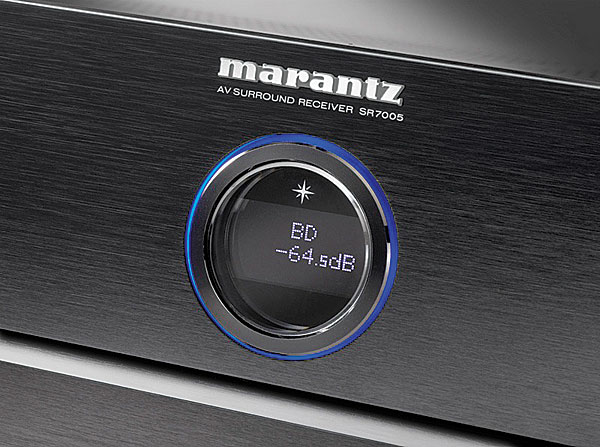
Saw VI may be the most politically attuned installment of the sadistic horror franchise, singling out both crooked mortgage brokers and callous health insurance executives as victims of bodily invasive, blood-drenched torture. With victims screaming and various pieces of machinery sounding all the way up and down the frequency spectrum, Audyssey Dynamic EQ (on) and Dynamic Volume (at the medium setting out of three) were the right choices. One of the benefits—in addition to a fairly painless overall presentation—was that surround levels didn’t fade away at low volumes. True, some of the soundtrack’s visceral impact was softpedaled. It went from being a symphony of terror to a chamber work of unease. But that’s how I preferred this movie. My nerves can only take so much.
